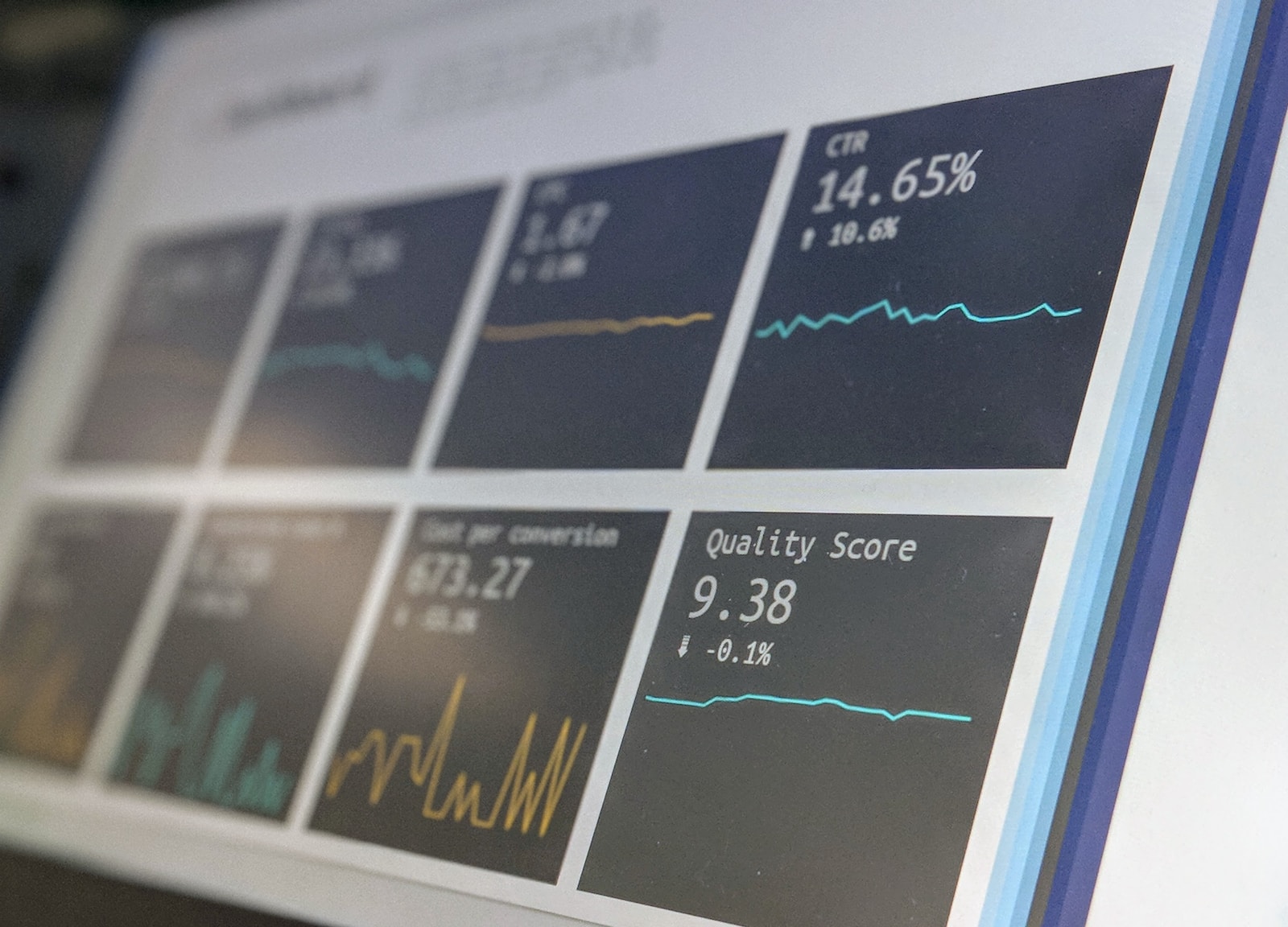When it comes to running a thriving business, understanding and effectively managing your working capital is crucial. Essentially, working capital is the cash readily available for the day-to-day running of operations. The more protracted the business cycle, the higher the working capital requirement tends to be. Your goal? To ensure you have enough working capital on hand to cover operational expenses, with a reasonable buffer in place.
How to improve your working capital
Feeling anxious about your working capital? No worries! To improve it, let’s start by figuring out how much working capital your business actually needs. By using cash flow forecasting, you can proactively calculate when you might run out of cash and determine the minimum capital required to avoid that situation.
Ways to reduce working capital needs
The key to reducing your working capital needs revolves around cutting down on expenses. Here are some strategies to consider.
- Limit large personal withdrawals.
- Avoid buying major assets out of daily operating profits. Remember, there are other financing options available, such as leases or loans.
- Refrain from overtrading, which can lead to increased overhead costs and delay customer payments.
- Assess your inventory costs. Think twice before placing bulk orders, even if it comes with a discount.
- Simplify payment collection. Explore mobile and online options to make it easier for customers to settle their bills.
Shortening cash cycles
Another effective strategy is to shorten your cash cycles.
- Collect money quickly and efficiently.
- Negotiate better terms with suppliers. Paying your bills faster than your customers are paying you can lead to an unnecessary increase in working capital.
Forecast your cash flow and profit-and-loss
Accurate cash flow forecasts can provide valuable insights into your working capital, allowing you to take proactive steps for improvement. Profit-and-loss forecasts, on the other hand, help assess future profitability, enabling you to make informed decisions about your working capital needs.
Wrapping Up
The goal is to lessen working capital concerns by understanding what it is, how much you need, and ways to improve it. Once these processes are in place, managing your working capital will become second nature, allowing you to focus on growing your business and boosting profitability.
Remember, it’s always beneficial to consult with your accountant regarding your working capital needs and possible improvement strategies.
We’re here to help – get in touch now.
Making sure that you have effectively managing your working capital, can be a little confusing and stressful at times. That is why S & H Tax Accountants are here to help, we are one the best accounting firms in Cranbourne. S & H Tax Accountants offer business consultations to their clients. Our team of accountants aim to provide our clients with the best level of services to all of our clients. Our accountants are well-qualified and vastly experienced. Make a booking today at S & H Tax Accountants, call us at 03 8759 5532 or email us info@sahtax.com.au.
















